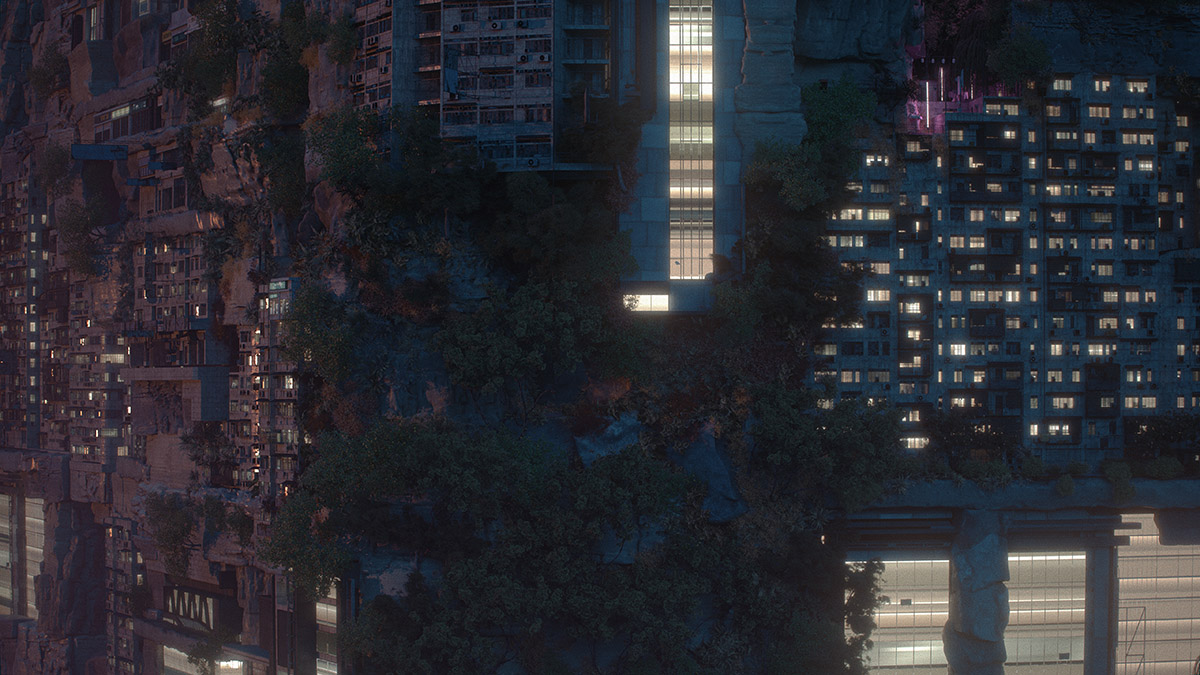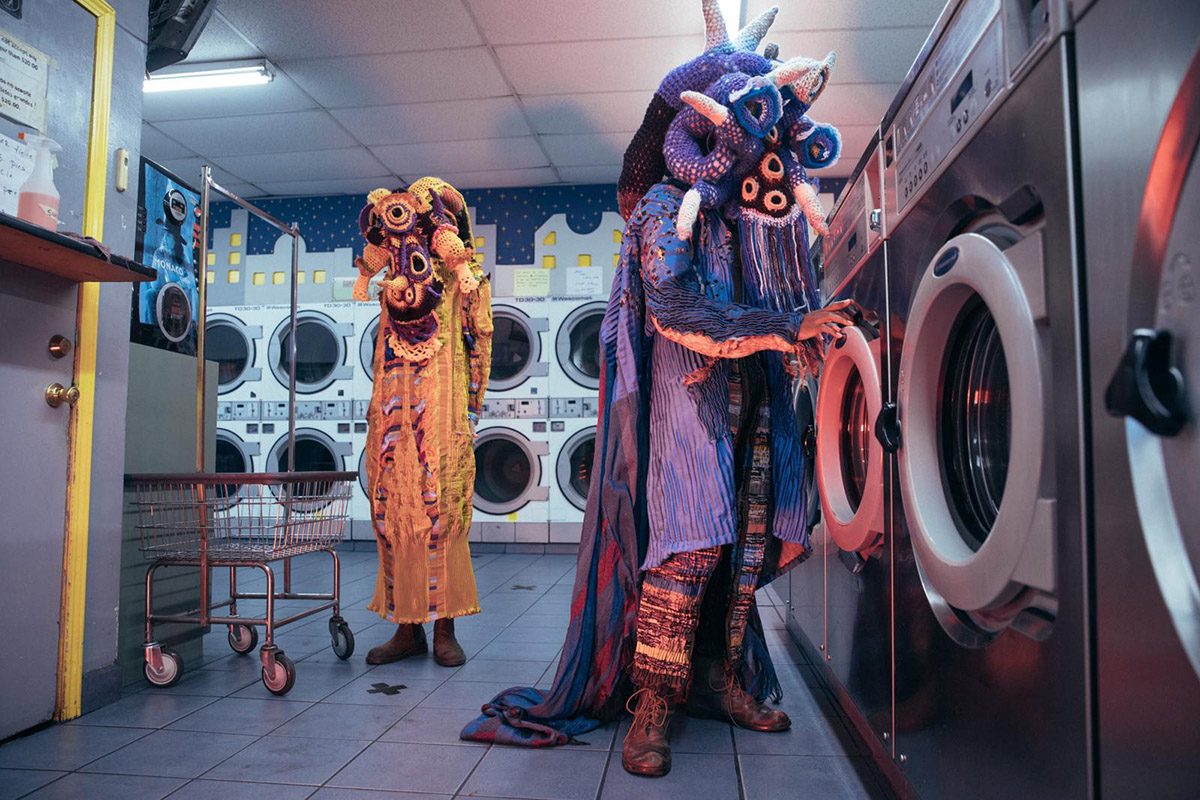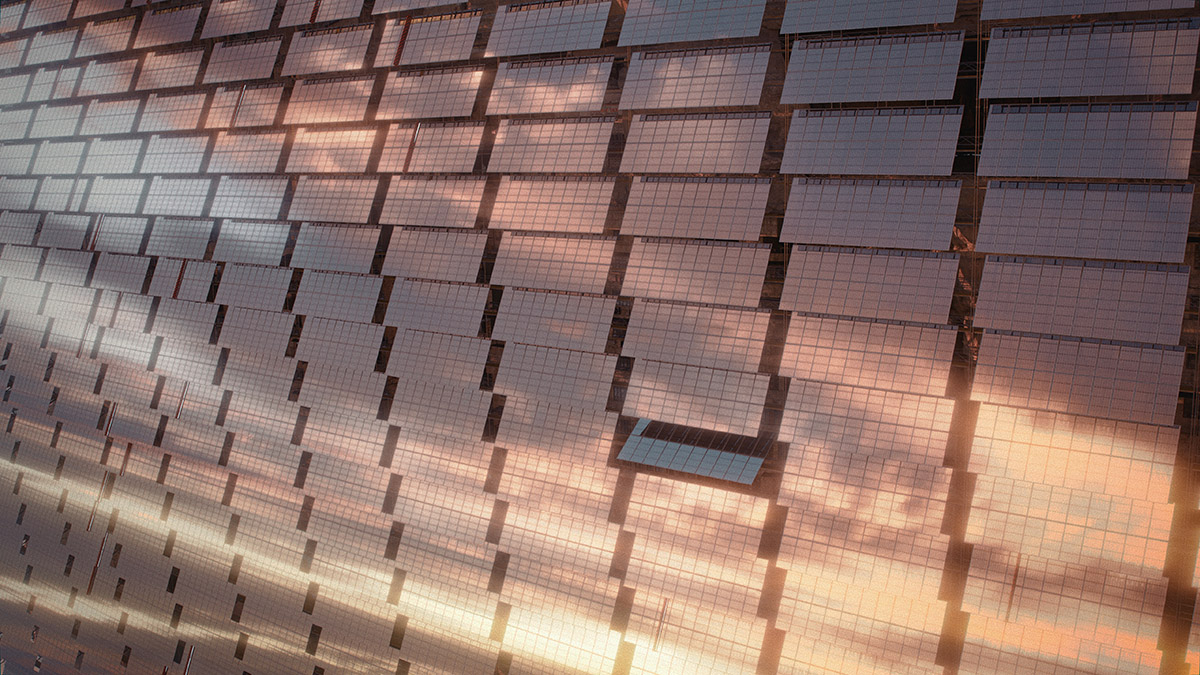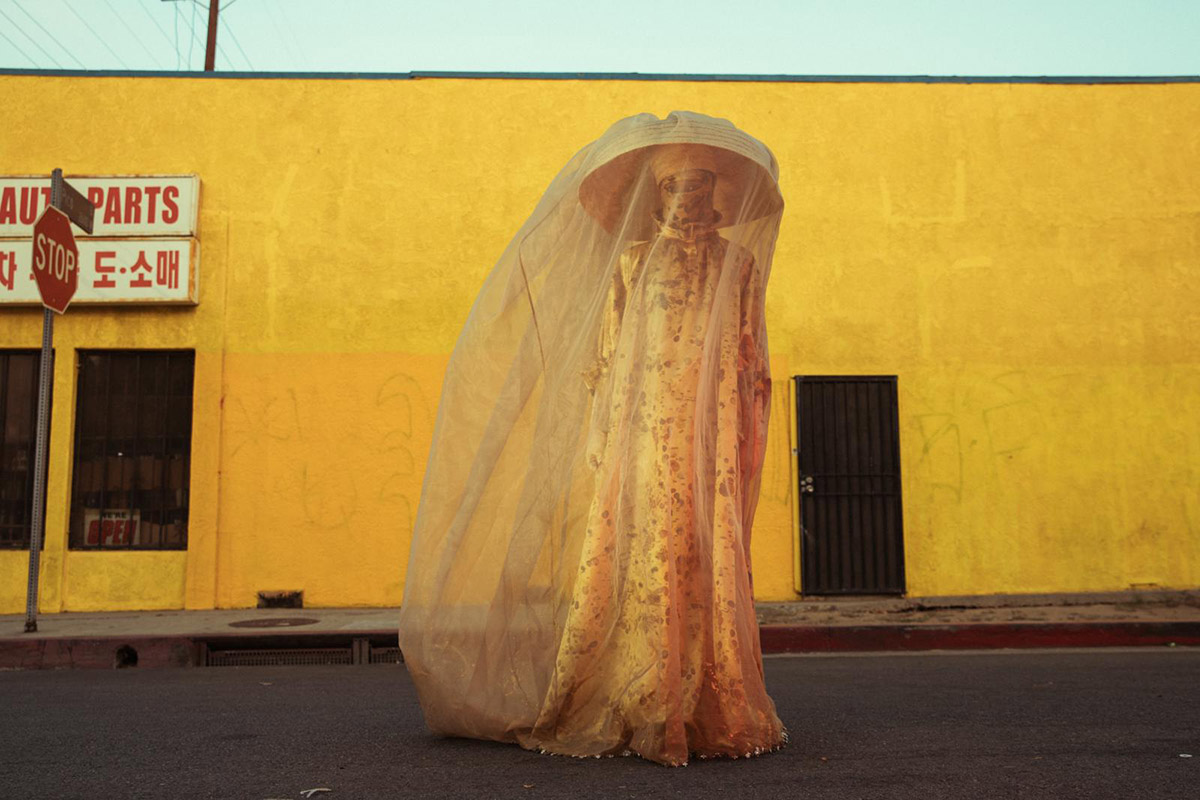
- Permbajtja
- prev
- next
- prev
- next
Australian-born architect and director Liam Young has created a new movie posing radical questions about climate change, environmental issues and the density that the whole world is tackling with.
Titled Planet City, a new movie, commissioned by the National Gallery of Victoria for the NGV Triennial, is a film set of an imaginary city that houses the 10 billion people, which is the entire population of earth in a single, giant massing.
Planet City is not a dystopia or just an urban fantasy, it provokes questions that how the entire population of the earth could live in a hyper-dense and mountainous-like city with zero-waste and avoid of environmental harm, which is a typical closed-circuit system and an example of circular living.
Planet City could be built in only 0.02 per cent of the planet’s surface, occupying an area "about the size of an average American state," according to Young in this video.

Liam Young describes himself as "speculative architect" as his work intersects the fields of design fiction, critical design and the future. Young's visionary films and "speculative" narrations and stories are aimed to address to the urgent needs of the humanities and environmental problems that the whole world is facing now. Young propels his questions with striking words and sets up his own critical background with his extraordinary images and movie sets to address to those urgent questions in a memorable way.
According to Liam Young, "although Planet City is wildly provocative, the film eschews the techno-utopian fantasy of designing a new world order. This is not a neo-colonial masterplan to be imposed from a singular seat of power," he said. "It is a work of critical architecture – a speculative fiction grounded in statistical analysis, research and traditional knowledge. After centuries of colonisation, globalisation and never-ending economic extraction we have remade the world from the scale of the cell to the tectonic plate," Young added.
"But what if we radically reversed this planetary sprawl? What if we reached a global consensus to retreat from our vast network of cities and entangled supply chains into one hyper-dense metropolis housing the entire population of the earth?"

Plan City is not a typical vertical or pre-defined prototype of a city, the images in the movie show that people could climb to 165-storey tall residences and they could grow their own food in indoor mega-farms and vertical orchards.
Algae lakes could help to filter pollution and provide additional food, while 50 billion vertical solar panels could provide enough power for this single city to be entirely self-sustainable. Planet City is aimed to operate as a closed-loop in itself by generating zero waste.
"Planet City is an imaginary city but it emerges from what I call it grounded speculation," Young added. "We didn't invent any fantasy technologies or new systems or any miracle material to make the city, like did in sci-fi right now, rather all the technologies going into this city are already here."

Planet City is entirely built from renewable sources
"Planet City is built entirely from renewable resources," Young added. "No new materials to build this city have been extracted from the earth.
"But rather, we imagined that we are re-mining the city we've already made and bringing them, and shipping them to build the Planet City."
"What we are trying to do is to prototype aspirational ways that we might live together more densely, more sustainably and in a vision of a future that we can all in a way rally behind."

The 3-minute film follows a continuous festival procession dancing through the city on a 365 day loop. In the movie, each day it intersects with a different carnival, culture and celebration.
All images & video © Liam Young
Source: https://worldarchitecture.org/